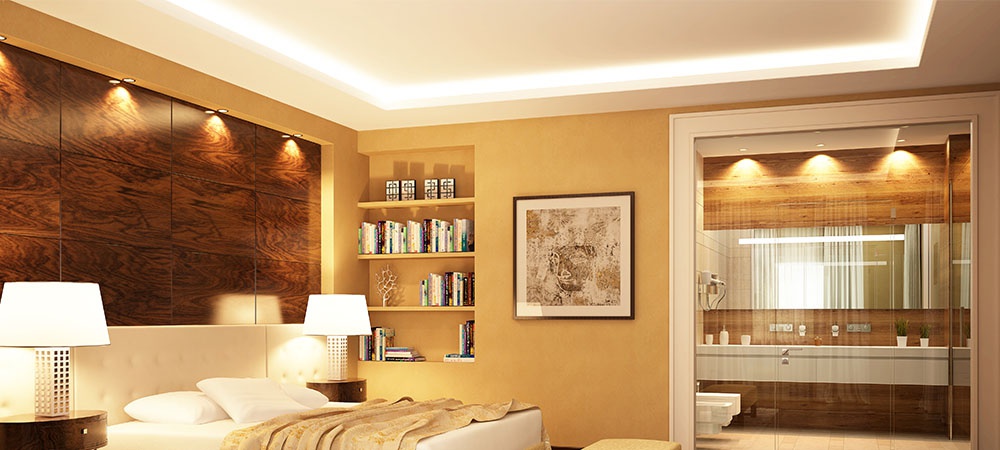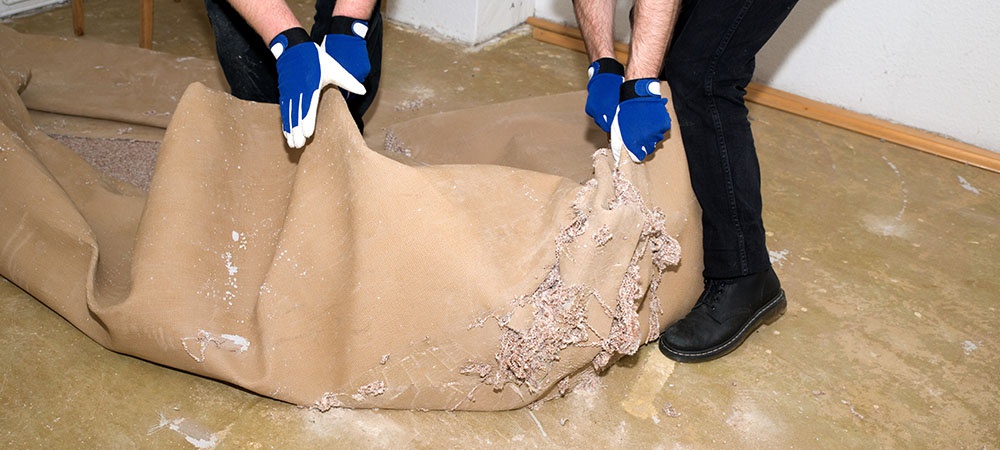Managing costs is one way of getting the most value for your home renovation projects and minimizing expenses without compromising your project’s overall quality. How do you do that? This article shares insights to help you undertake a low-budget, but high-quality home remodel. Read on to learn and save more.
1. Upgrade Kitchen Cabinets or Cabinet Doors
We start from the kitchen because it’s one of your home’s most important rooms. Here, cabinets and cabinet doors significantly increase or reduce your remodeling project’s expenses. You can slash costs by keeping your current cabinetry. Use products like wallpaper and paint to give them a facelift. For a classic, built-in look, you may add corbels below your cabinets or under floating shelves. Additionally, you may remove some of your cabinets’ upper doors to allow easy access to open storage without adding shelves.
2. Install New Kitchen Countertops
You shouldn’t do an overhaul if your cabinets are still in good shape. Instead, you may invest in new countertops or upgrade them. Covering a smaller surface area means spending less money. You may even save more money by getting high-quality remnants or secondhand stone and tile materials.
3. Change Living Room Window Treatments
Reduce your home renovation costs by changing your living room window treatments. Adding new shades, fabrics, or both components gives your house a beautiful facelift. You can save more cash if you are good at sewing and stitching. Also, reusing current curtain rods and rings is another smart way of making a saving.

4. Update Living Room Flooring
Still in the living room, keep your budget low by updating its flooring. You can utilize many thin peel-and-stick options because they don’t require removing your current flooring to upgrade it. Additionally, exercising your DIY skills will significantly reduce your labor costs.
5. Focus on Increasing Efficiency, Not Size
Maintaining a low-budget home upgrade requires a focus on boosting efficiency and not just size. For instance, you can simply reorganize your kitchen to maximize utility without tearing down walls to increase its size. Additionally, replace space-consuming shelves with cabinet-height pull-out drawers containing racks to store canned items. This slight efficiency-focused modification can give you three or more planes instead of one.
Additionally, cut your budget down by installing dividers and pull-out pot trays. Look at the prices below and see how efficient custom cabinets can help you reduce expenses.
- Cost of expanding a kitchen by 200 square feet: $48,000 to $95,000
- Cost of super-efficient, custom cabinets: $35,000
- Savings: Up to $60,000
6. Introduce Natural Light Without Adding Windows
You must not cut a hole in your house’s side and rearrange its framing to upgrade your home. Instead, use a cheaper and non-invasive way to get more natural light.
For example, you may brighten up windowless hallways by installing light tubes that slip between roof rafters and funnel sunlight into living spaces.
Take a look at the cost difference this option can make below.
- Cost of adding a double-pane insulated window: $1,500
- Cost for a light tube: $500
- Savings: $1,000

7. Use Recycled Materials
There’s no harm in using recycled materials or lightly used fixtures for some of your renovation jobs. An organization like Habitat for Humanity is a great place to get salvaged materials. You can save up to 50% by buying recycled materials from Habitat.
However, this option will save you money in DIY projects because many contractors prefer using something other than salvaged or homeowner-supplied materials to avoid unnecessary liability if things go wrong. So, clarify this matter with your contractor if you wish to use their services.
8. Maximize Timing
Maximizing timing and seasons can make a huge cost difference in your home remodel project. Thus, plan your renovation outside the busy peak seasons like summer or September and December when kids return to work. During these seasons, most suppliers are busier, labour scarcer, and deliveries slower than usual.
No wonder some contractors offer discounts of up to 5% during low seasons after the new year. Here’s an example of the cost of renovating a bathroom during these two contrasting seasons.
- Cost of a major bathroom reno during peak season: $25,000
- Cost in January: $23,625
- Savings: $1,375
9. Do Some of the Jobs Yourself
Do you have excellent DIY skills and enough time to do some renovation jobs yourself? Feel free to do them to save some cash on labor expenses. When you do, include it in your agreement with your contractor.
You can do low-impact preparation jobs like removing carpets and old cabinets. Additionally, you may do finish-level painting independently. These hacks can give you significant savings.

10. Stick to Your Budget
This point may sound a bit obvious, but failing here can derail or delay your project. Never change your renovation design when the project is underway. If you must adjust your budget, revise it downwards. But if you must increase it, do so if you landed a sudden windfall (maybe a $1 million-dollar jackpot) midway.
11. Negotiate Upfront
Keep your remodeling expenses low by negotiating with contractors upfront. Most renovators are ready to negotiate job prices. Take advantage of this offer because they would also like to capitalize on it to make loyal repeat customers. Feel free to optimize this moment by informing them of your future projects.
But negotiate with several reputable contractors before settling for one. Only choose the first among equals offering similar services at the same rate. Getting more information from their mouths solidifies your bargaining power and helps you make an informed decision.
12. Cushion Yourself
Lastly, cushion yourself against hidden cost surprises to maintain a low-budget renovation project. When budgeting, prepare for a 10% to 15% price change. You may need to pay for outdated electrical connections and structural damage behind walls.
That’s why involving a contractor at this early stage can save you many surprises. They can also help you set realistic budgetary limits and conduct a pre-inspection to detect potential problem areas. For instance, spongy bathrooms’ point to possible water damage.

Conclusion
Managing costs is one way of undertaking a smooth, budget-friendly home renovation. Therefore, we shared twelve tricks to help you achieve this goal in your next home remodeling project.
Don’t hesitate to talk to us about your renovation needs. Go ahead and contact us for a free consultation and estimate.




